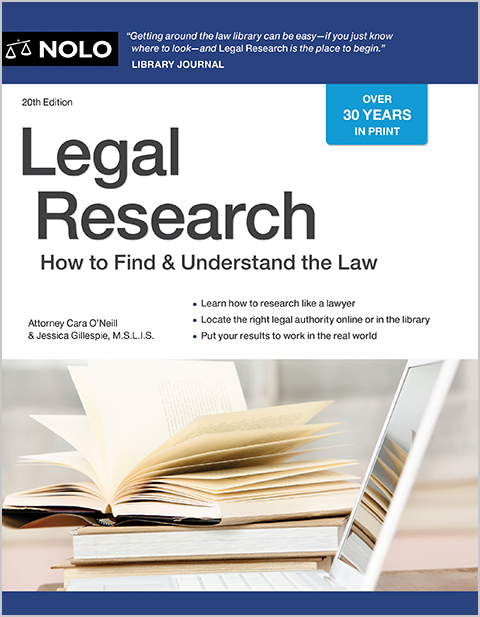An arrest is more serious than a detention or stop. Learn how this distinction affects police powers and citizens' privacy rights.
Generally, police interactions with citizens fall under three categories: general encounters, investigatory detentions, and custodial arrests. The difference between the three can be crucial in evaluating a person's constitutional rights regarding that interaction. The Fourth Amendment to the U.S. Constitution protects citizens against unreasonable government intrusions. What's unreasonable depends on the situation.
Types of Police Interactions
Fourth Amendment protections depend on the level of government intrusion involved. The greater the intrusion is, the greater the proof of wrongdoing must be in order to justify the officer's actions.
General Encounter and Questions by Police
Even without suspicion of wrongdoing, a police officer can approach someone and begin a conversation without violating the Fourth Amendment. As long as the individual reasonably feels free to end the discussion and walk away, the officer has done nothing wrong.
Investigatory Detention or Stop
The next level of police interaction is an investigatory detention or stop, which should be brief and only long enough for the officer to assess the situation.
Stop or detain. In order to stop or "detain" someone, the police must have "reasonable suspicion" of criminal activity—that is, an objectively reasonable basis to suspect that the detainee is or was involved in a crime. It's more than a hunch or distrust. This stop isn't a full-blown arrest. Rather, it's an interaction in which the citizen isn't necessarily accused of a crime but also isn't free to leave, at least until the officer indicates otherwise.
Stop and frisk. Even if police have reasonable suspicion to briefly stop someone, the officer can't frisk a detained suspect unless reasonable suspicion exists to believe that the person is armed and dangerous. But with that reason, an officer can pat down the suspect's outer clothing in a search for weapons. If the officer happens upon contraband (like a bag of cocaine) when conducting a limited pat-down for weapons, that seizure will usually be found valid. In this scenario, the officer would likely transform the detention into an arrest by further restricting the suspect's freedom by, for instance, using handcuffs and placing the suspect in a patrol vehicle. (For more information on stop-and-frisk, see Police Searches on the Street: Stop and Frisk.)
Arrest
An officer can arrest someone only with either a warrant or probable cause to believe the person committed a crime. Probable cause is more than reasonable suspicion. The officer must be able to point to objective facts that make it reasonable to believe a person committed or is committing a crime. For example, say an officer hears an alarm and sees someone running from a bank with a bag of money, these circumstances give the officer probable cause. After the arrest, the officer can search the arrestee and the immediate surroundings.
A person doesn't need to be in handcuffs or brought to jail for an arrest to occur. If it's pretty clear the person is not free to go (say someone is surrounded by four officers or has been told to turn and face the car), an arrest has likely occurred. For more information on how to determine whether you've been placed under arrest, see Arrest vs. Detention.
Fourth Amendment Protections and Police Interactions
An officer's level of suspicion as to criminal activity bears on whether the officer's subsequent actions are reasonable under the Fourth Amendment. While there's no bright-line rule, courts will evaluate all the circumstances surrounding the interaction.
If an officer has only reasonable suspicion of criminal activity but conducts a full-blown arrest and search (without probable cause), the search and seizure would be unconstitutional. And any evidence found during the unlawful search likely wouldn't be admissible in court (although exceptions may exist).
But know that not every interaction with an officer requires the officer to give a Miranda warning. If an officer stops someone on the street to ask a question and the person blurts out a confession, that confession will be admissible in court. When in doubt, it's usually best to err on the side of caution and not offer up anything other than your name and identification without first consulting with a lawyer.
Getting Help From a Lawyer
If you have questions regarding an interaction with a police officer, consider speaking with a lawyer. An attorney can review the circumstances and help you evaluate what, if any, options you may have.

